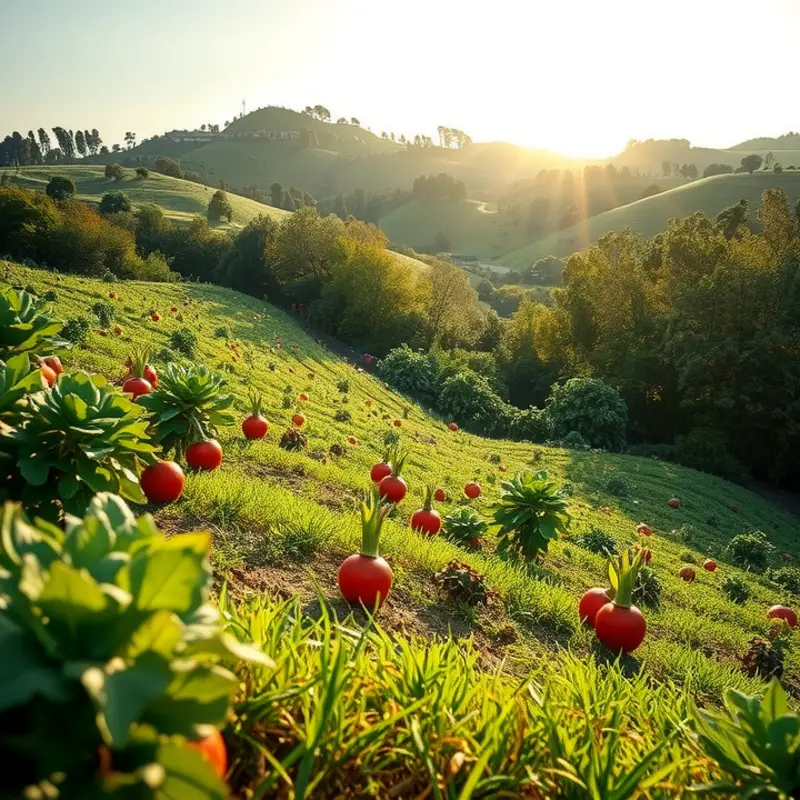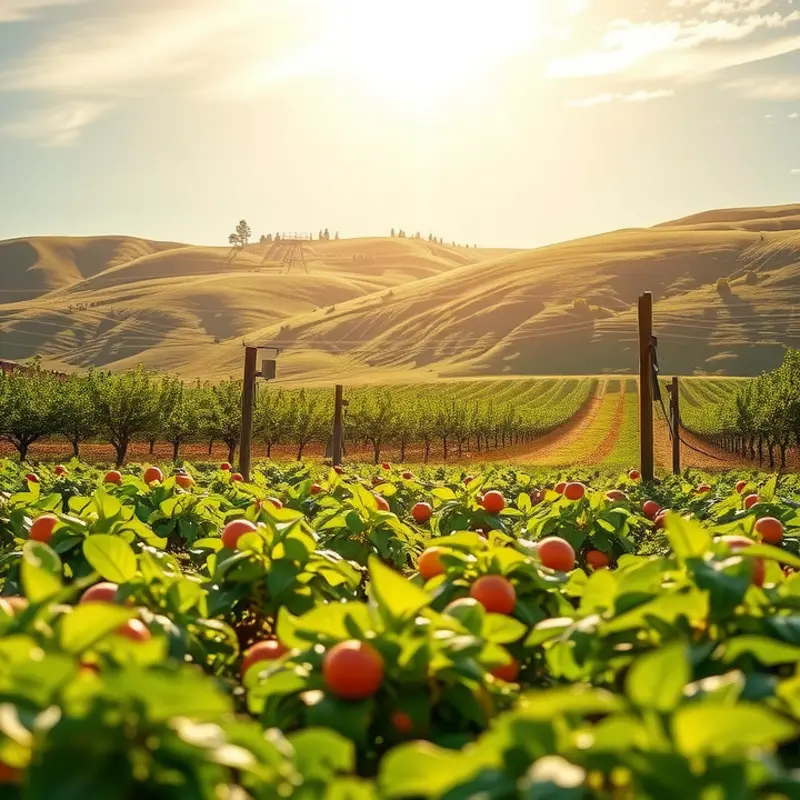The shelf-life of cooking oils is often surrounded by myths leading to confusion among consumers. Many believe that oils can last indefinitely or must be discarded after a specific time. Understanding the reality behind cooking oil shelf-life can help you make informed decisions, ensuring food safety and maintaining quality in your kitchen. This article aims to clarify common misconceptions and provide valuable insights into how to properly store your oils and recognize signs of spoilage.
Understanding Cooking Oil Shelf-Life: The Basics

Cooking oils vary in shelf-life, with each type having distinct attributes that determine how long they can be used effectively. Factors like composition and storage conditions play a vital role in this regard. Here, we delve deeper into these aspects, helping you make informed choices and recognize when your oils might have gone bad.
Shelf-life of Different Types of Oils
Different types of oils such as olive, canola, and coconut have varying shelf-lives. Olive oil, for instance, typically has a shelf-life of 18 to 24 months if unopened and stored properly. Once opened, it should ideally be used within six months. Canola oil can last about 12 months unopened, while coconut oil, with its stable saturated fat content, can last up to two years. These durations can vary significantly based on the oil’s processing methods and whether it is refined or unrefined. Refined oils generally last longer due to the removal of impurities that speed up spoilage.
Importance of Storage Conditions
Proper storage plays a crucial role in extending the shelf-life of cooking oils. Light, temperature, and moisture are key factors affecting oil longevity. Light exposure can speed up degradation; hence, it is recommended to store oils in a dark, cool place. Temperature is also critical: keeping oil away from heat sources helps prevent it from breaking down and becoming rancid. Aim to store oils in a pantry or cupboard rather than near the stove. Moisture can also lead to spoilage, so ensure bottles are sealed tightly to prevent air and water ingress. For a sustainable approach to kitchen storage, check eco-smart kitchen storage.
Recognizing Rancidity or Spoilage
To determine if an oil has gone bad, rely on your senses. Rancid oils often give off a strange, off-putting scent, sometimes described as resembling crayons or putty. Visual changes like cloudiness or sedimentation in refined oils might also indicate spoilage. Tasting a small amount can confirm concerns; if the flavor is sour or bitter, the oil is likely past its prime. Discard any oil that has developed these signs, as consuming rancid oil can lead to digestive discomfort and diminish the quality of your meals.
Understanding the basics of cooking oil shelf-life not only enhances your efficiency in the kitchen but also ensures that you leverage the full benefits of these essential culinary components. By paying attention to composition, storage, and sensory cues, you can keep your cooking oils fresh and flavorful for longer, minimizing waste and maximizing culinary delight.
Common Myths About Cooking Oil Storage

There are a number of myths surrounding the storage of cooking oils that can lead to improper handling and reduced quality. One widespread belief is that all cooking oils must be refrigerated to extend their shelf-life. While refrigeration might be beneficial for some oils, it is not universally necessary and can even be detrimental to certain varieties. For example, coconut oil and other saturated fats tend to solidify at cooler temperatures, which can make them inconvenient to use. Conversely, oils high in polyunsaturated fats, such as flaxseed oil, do benefit from cooler storage to prevent rancidity.
Another prevailing notion is that dark bottles are sufficient to prevent spoilage. While dark, opaque bottles do minimize light exposure, which is certainly advantageous, they cannot fully protect oils from all spoilage factors. Heat and oxygen are also significant contributors to oil degradation, meaning that even oils in dark bottles need to be stored in a cool, dark place with tightly sealed caps to maintain their quality.
There’s also confusion regarding the leftover oil in cooking pans. Some people believe that leftover oil must always be discarded, assuming it’s unsafe or prone to spoil rapidly. However, reused cooking oil can be safe when filtered and stored correctly. Straining to remove food particles and then storing in a clean, airtight container can help extend its usability. Knowing when to discard reused oil, such as when it develops off-smells or has a thick consistency, is crucial to ensuring food safety.
Understanding these nuances is key to effective oil storage and usage. Consider adopting practices that are most suitable for the specific type of oil you are using. For more strategies on sustainable food storage, you might find this guide helpful. Addressing these myths with factual insights ensures we are not only preserving the quality of our oils but also optimizing the health benefits they offer.
Final words
Understanding the shelf-life of cooking oils is critical for maintaining food safety and optimal flavor in your meals. By debunking common myths—including misconceptions about storage and spoilage signs—you can enhance your culinary practices and ensure the oils you use are fresh and safe. Keeping oils stored in cool, dark places and being aware of their unique properties will empower you to utilize them wisely. Ensuring the freshness of your oils not only contributes to better health but also elevates the quality of your cooking.








